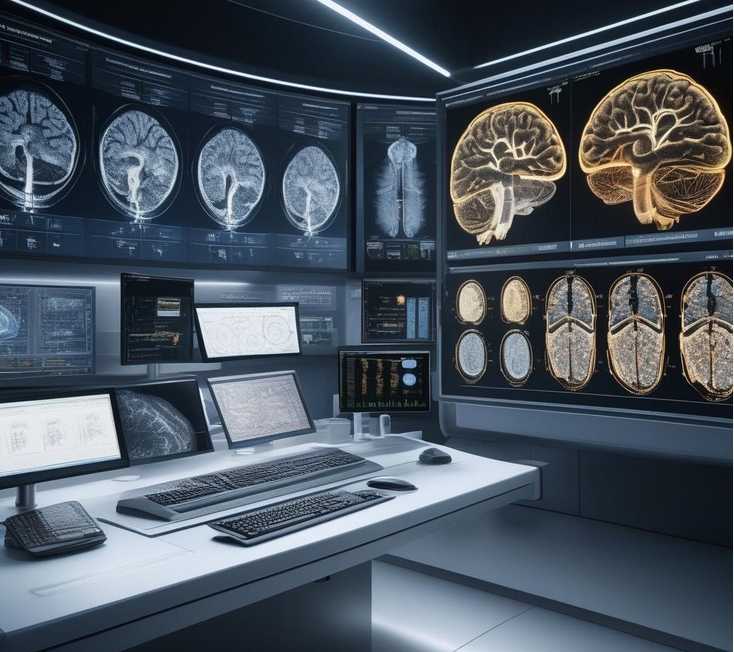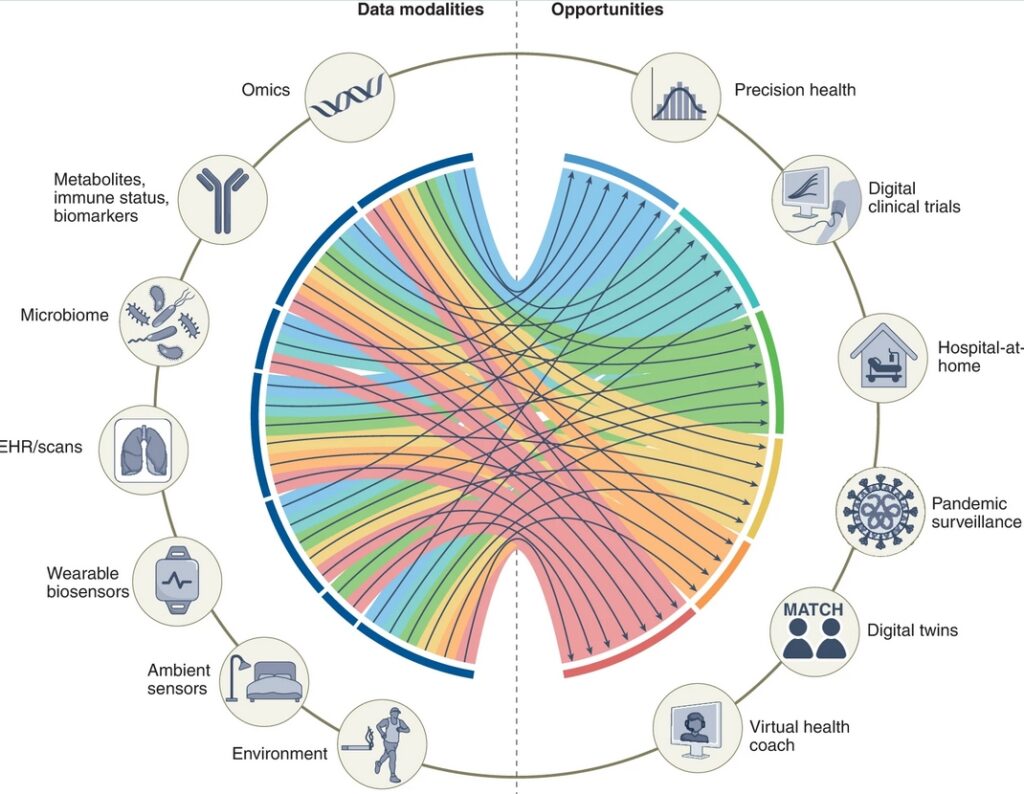Blog Post
The Technological Frontier: Peering into Neural Networks and Neurotransmitter Communication
Introduction:
Welcome to the cutting-edge realm of neuroscience, where technology acts as a guiding light, illuminating the intricate pathways of neural networks and neurotransmitter communication. In this blog post, we embark on a journey into the technological frontier, exploring the tools that enable us to peer deeper into the neural landscape, unlocking secrets that were once hidden from view.

Section 1: Neuroimaging Unveiled
Neuroimaging, a revolutionary technology, serves as a powerful window into the brain’s workings. Techniques like functional magnetic resonance imaging (fMRI) and positron emission tomography (PET) allow researchers to observe neural activity in real-time. We’ll delve into how these tools enhance our understanding of neurotransmitter communication, offering dynamic insights into the living, breathing brain.
Section 2: Molecular Biology Tools: Unraveling the Genetic Tapestry
Advancements in molecular biology provide researchers with tools to unravel the genetic tapestry of neural networks. Genome editing techniques like CRISPR-Cas9 enable precise modifications, offering unprecedented opportunities to study the genetic factors influencing neurotransmitter systems. We’ll explore how these tools open new avenues for understanding the intricate dance of genes and neurotransmitters.
Section 3: Optogenetics and Neural Circuit Manipulation
Optogenetics, a technique combining optics and genetics, empowers researchers to control neural activity with unprecedented precision. By using light to manipulate genetically modified neurons, scientists can unravel the complexities of neural circuits and neurotransmitter release. We’ll shine a light on how optogenetics illuminates the functional architecture of the brain.
Section 4: Wearable Technology: Bringing Neuroscience to Daily Life
Wearable technology is bridging the gap between the lab and everyday life. Neuroscientists are exploring innovative ways to collect real-world data, allowing us to understand how neurotransmitter systems function in diverse environments. Discover how these wearables contribute to a holistic understanding of the brain’s communication systems outside the controlled laboratory setting.
Section 5: Big Data Analytics: Crunching Numbers for Insights
In the era of big data, analytics plays a pivotal role in neuroscience research. We’ll explore how vast datasets, generated from neuroimaging studies and molecular analyses, are analyzed using advanced computational techniques. Unraveling patterns and correlations within these datasets provides valuable insights into the intricate interplay of neural networks and neurotransmitter dynamics.
Section 6: The Future: Integrating Technology for Holistic Understanding
As technology continues to advance, the future of neuroscience looks promising. Integrating various technologies allows researchers to paint a more comprehensive picture of neural networks and neurotransmitter communication. From wearable devices to advanced analytics, we’ll speculate on the potential breakthroughs that lie ahead in our quest to understand the brain’s remarkable communication system.

Conclusion:
In conclusion, the technological frontier has become an essential compass guiding neuroscience into uncharted territories. As we peer into neural networks and decipher the language of neurotransmitter communication, each technological advancement propels us closer to a holistic understanding of the brain. Stay tuned for more updates on the intersection of technology and neuroscience, where innovation continues to illuminate the mysteries of the mind.

